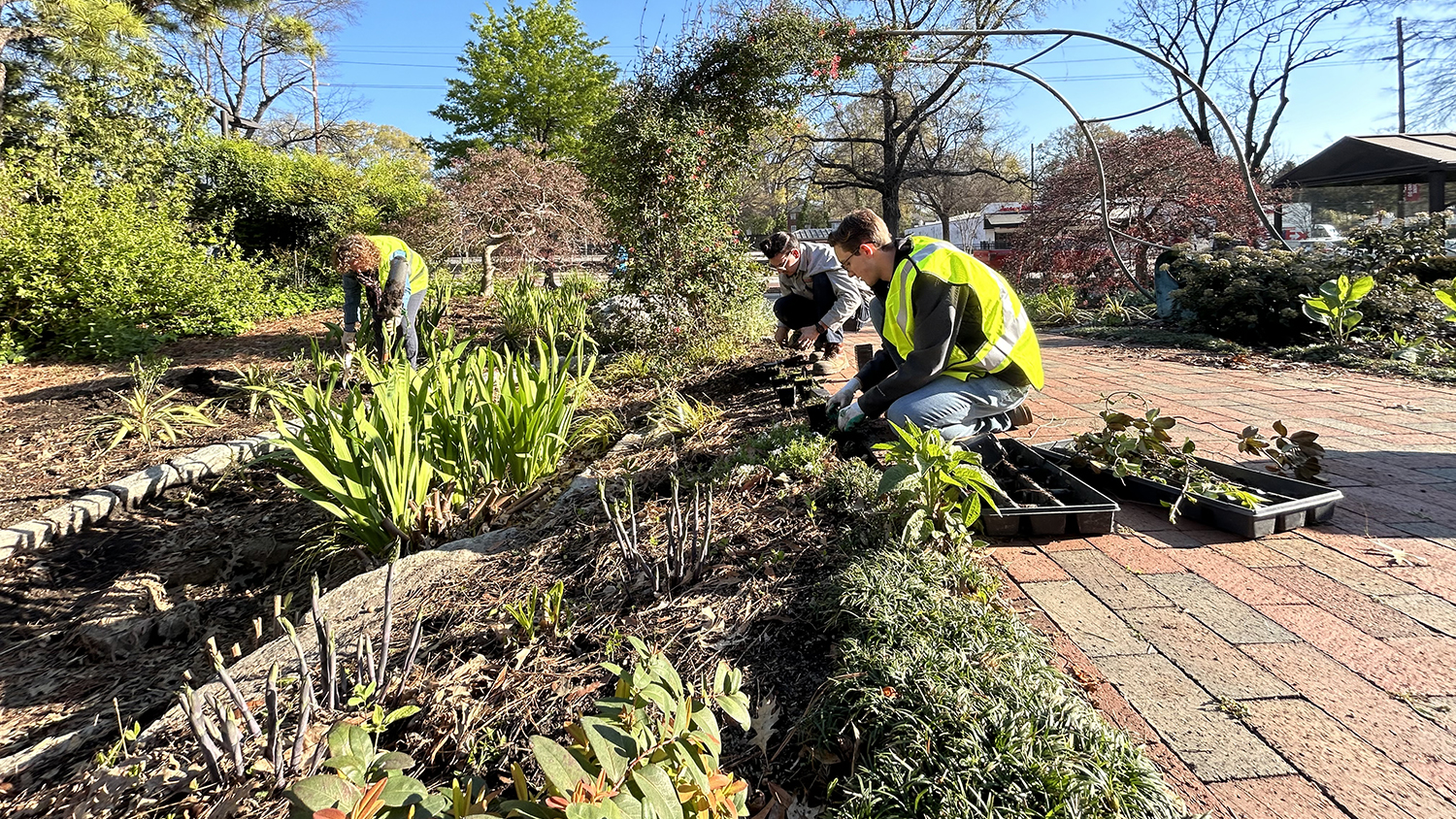Marybeth Brey: Fishing for answers
My research is focused on two areas: One is aquatic food webs, and the other is introduced species. I like to study what fish are eating and how much and how those interactions among species can ultimately influence the structure of the aquatic ecosystems. And alongside that, introductions are an important issue right now because they can not only affect the species that are in the lake but the people that are living in those areas as well, mostly through fishing opportunities.
My name is Marybeth Brey. I’m a Ph.D. student in biology.
Specifically I use four approaches to study food webs. I use direct diet analysis – which is basically taking a fish and either cutting out its stomach or somehow removing the stomach contents and directly looking at what’s in the stomach.
And then I’ll use something called overlap indices – which is this quantitative measure of how much of what one species is eating is the same as what another species is eating. That’s very useful for comparing, for example, introduced and native or established species, so we can see how much — especially when they are first introduced – how much they might share resources.
And then we use something called stable isotope analysis, which is taking a piece of muscle from the fish and we have used the Cornell Stable Isotope Labs. We will send it up there, and they send us back the amount of relative amounts of nitrogen and carbon, basically, in the fish. And from nitrogen, we can tell where on the food web the fish eats — think of it in terms of people: So a vegan would be very low on the food web, and someone a carnivore who eats a lot of meat would be very high on the food web. And so we do the same thing with fish – how much of the vegetation and plants does the fish eat? And, then, how much fish does it eat?
And then the carbon tells us kind of where the fish feeds — so does it feed more near shore, eating a lot of bottom sediment, or does it feed off shore in this big open water area?
Finally I’m using something called Ecopath with Ecosim, which is a computer ecosystem model, and so I can put everything that we’ve collected in the last four or five years – the population estimates, the food availability, whose eating whom – and make predictions about how future introductions may impact the population level of any of the fish species.
Our funding is provided from Sportfish Restoration Funds, which is money essentially from the fishermen of North Carolina and the country. And so what I’d like to ultimately do is to provide them some answers as to what they can expect from introductions and impacts on sportfish populations.
More broadly, I would like to hopefully provide some answers so to what effects multiple invasive species can have on an ecosystem: So do the effects of one species equal having two invade at the same time or three invade at the same time? Most food web models and introduced models look at one –maybe two — species at a time, and so I really would like to get some answers as to what we can expect from multiple invasives.
It is complex, and the days sitting at the computer can get long, but hopefully it’s worth it.


